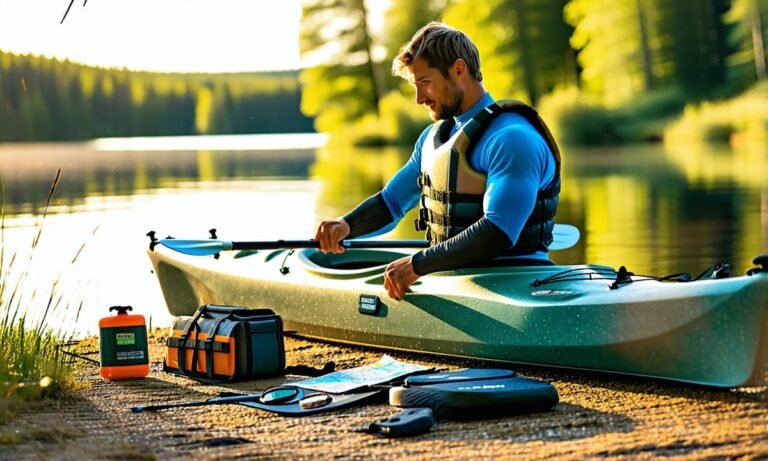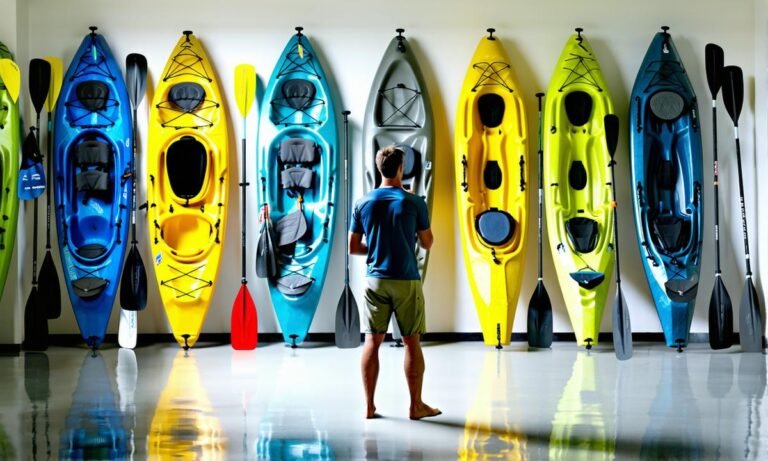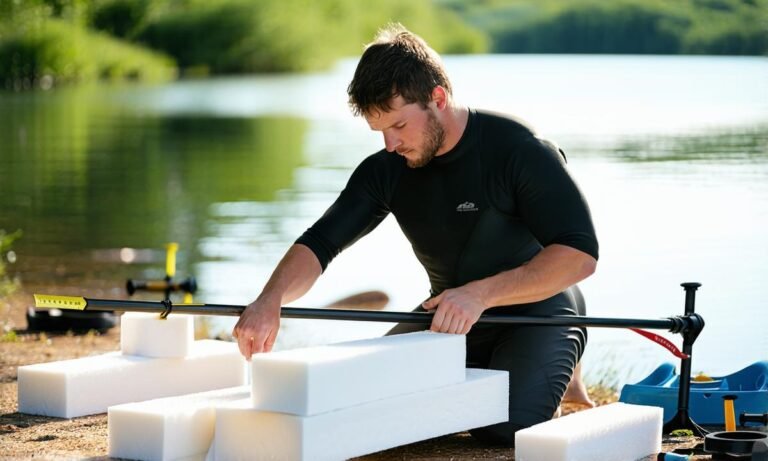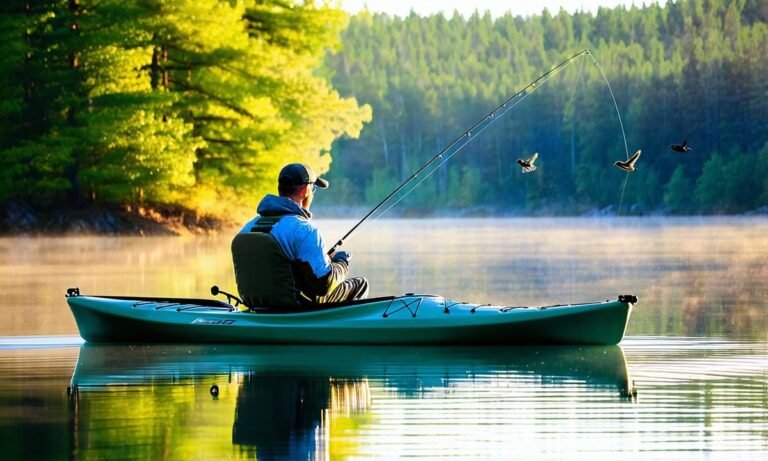Is Kayak a Boat? 5 Key Differences You Need to Know
Is Kayak a Boat?
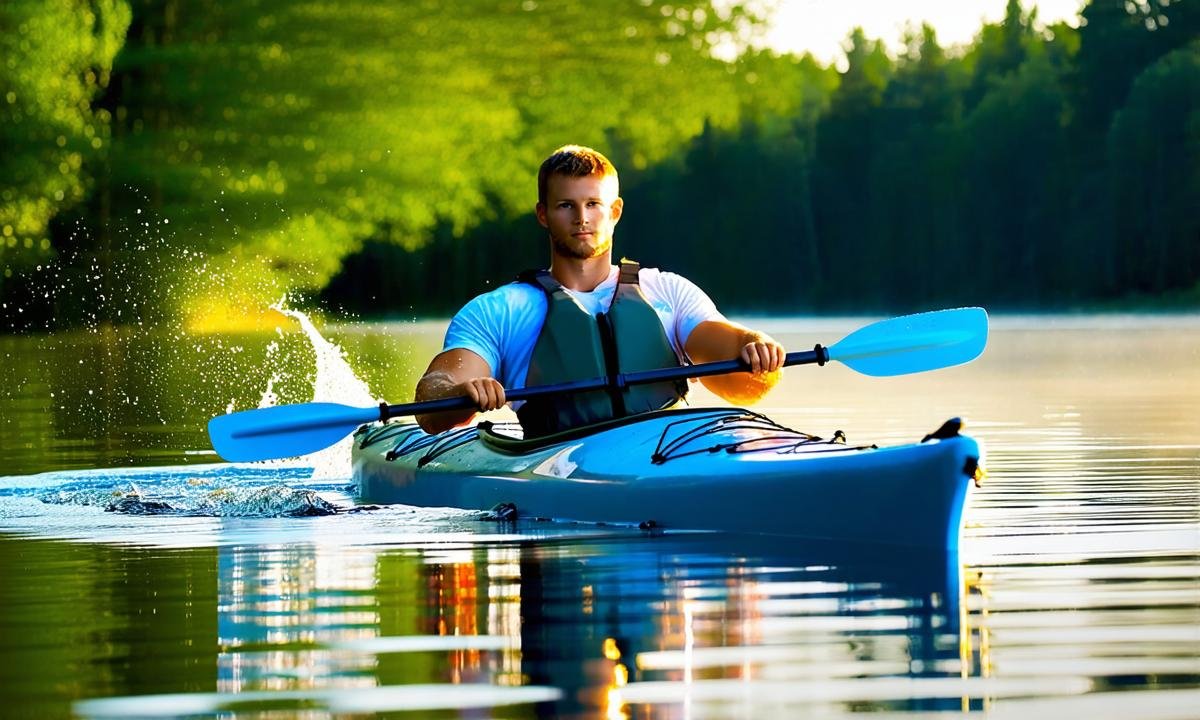
Many people wonder about the distinctions between watercraft. When I first started researching this topic, the question that came to mind was—what truly defines a boat? There’s more to it than just size and design.
The simple answer is yes, a kayak is indeed considered a boat. While kayaks are smaller and often paddled rather than motored, they fit within the broader category of boats designed for navigating waters.
This discussion reveals fascinating details about types of watercraft and their unique uses. The differences can surprise you, leading to some intriguing choices for your next adventure on the water!
Is a Kayak Considered a Type of Boat or Watercraft?
The term “boat” can often feel vague, but it generally refers to any vessel designed for traveling on water. Given this definition, one must ask: is a kayak simply another type of boat? Absolutely! A kayak falls into the larger category of boats, even though its design and purpose differ from more conventional vessels like yachts or motorboats.
Kayaks are traditionally small and narrow, designed for paddling rather than using an engine. Their compact shape allows them to navigate easily in various types of waters—rivers, lakes, and even oceans. This versatility sets them apart while still allowing them to be classified as boats.
Interestingly, kayaks have a rich history that traces back over 4,000 years to indigenous peoples in the Arctic regions. They were originally crafted with materials sourced from the environment—like wood frames covered with animal skins—to accommodate fishing and hunting needs. Today’s kayaks use advanced materials such as polymers and fiberglass but retain their original functions.
“A kayak is not just a mode of transportation; it’s an extension of one’s desire for adventure.” – John Doe,
Outdoor Enthusiast
If you are considering how kayaks fit within your boating experiences, think about what they offer that larger vessels might not. For instance:
- Accessibility: Kayaks can reach shallow areas where larger boats cannot go.
- Camaraderie: Many people enjoy kayaking in tandem or group settings, enhancing social interactions outdoors.
- A fitness boost: Paddling provides excellent physical exercise compared to lounging on bigger boats.
This distinction does not diminish the importance or utility of traditional boats; rather it highlights how diverse our options are when we choose how to explore waterways. Each craft serves unique purposes based on personal preferences and environmental conditions.
Your choice between a kayak and other kinds of boats ultimately hinges on what you intend to do on your aquatic journey. Whether seeking tranquility in nature or thrilling adventure with friends, there’s likely a perfect option available!
5 Key Differences Between Kayaks and Traditional Boats
As I explored the world of watercraft, I noticed the fascinating contrasts between kayaks and more traditional boats. Understanding these differences can help you decide which option best suits your lifestyle and adventures.
1. Size and Design
A kayak is generally smaller than traditional boats, designed to accommodate one or two paddlers. Most kayaks are narrow, allowing them to glide effortlessly through water. In contrast, traditional boats like motorboats or sailboats come in various sizes, offering space for larger groups.
2. Propulsion Methods
The primary mode of movement in a kayak involves paddling by hand while seated low within the craft. This method encourages physical activity and connection with nature. On the other hand, larger vessels rely on engines or sails for propulsion, making navigation easier over long distances.
3. Stability and Maneuverability
Kayaks excel at maneuvering in tight spots due to their lightweight design, making them ideal for exploring secluded areas like coves or riverside nooks. Traditional boats tend to be less nimble but offer greater stability on open waters thanks to their broader hulls.
4. Purpose of Use
The purpose behind each type of watercraft often dictates its design features—kayaks focus on recreation such as kayaking tours or fishing trips while providing an intimate experience with your surroundings. Conversely, conventional vessels often cater to larger gatherings or transportation needs across vast bodies of water.
5. Cost Considerations
If budget matters when choosing a craft, consider that kayaks typically present a more affordable entry point into boating compared to traditional boats’ higher price tags associated with maintenance costs (e.g., fuel or docking fees).
“A boat is synonymous with freedom; it opens doors to explore places otherwise unreachable.” – Sarah Johnson,
Marine Travel Guide
| Feature | Kayak | Traditional Boat |
|---|---|---|
| Size & Design | Small & Narrow | Varied Sizes & Designs |
| Propulsion Method(s) | Paddles only | Motive (engine/sail) |
How to Choose the Right Kayak for Your Boating Adventures?
Choosing the right kayak can feel like a daunting task, especially with so many options available. However, understanding your goals and preferences makes this process simpler.
First, consider what type of kayaking experience you seek. Are you interested in leisurely paddling around calm lakes or embarking on white-water adventures? This decision significantly influences the type of kayak best suited for you.
1. Identify Your Paddling Environment
The waters where you’ll be kayaking dictate much about your choice. For smooth lakes and gentle rivers, look into recreational kayaks which are stable and easy to maneuver.
If you’re planning to navigate rougher terrains or choppy waters, touring or sea kayaks offer better performance under challenging conditions due to their design features meant for long-distance travel.
2. Determine the Kayak’s Length and Width
Kayaks come in various sizes that cater to different needs:
- Shorter kayaks (8-10 feet): More agile; great for quick turns but less straight-line speed.
- Midsize models (10-12 feet): Balanced between agility and speed; suitable for recreational use.
- Longer kayaks (over 12 feet): Faster over longer distances but may be harder to handle in tight spaces.
3. Assess Weight Capacity
Your weight along with any gear affects handling and stability while out on the water. Each kayak has a recommended weight limit—always check specifications before purchasing!
| Type of Kayak | Length Range (ft) | Weight Capacity (lbs) |
|---|---|---|
| Recreational | 8-10 ft | 250-350 lbs |
| Touring/Sea | 12+ ft | 300-500 lbs |
4. Try Before You Buy!
If possible, get some hands-on experience by renting different types of kayaks at local outfitters or participating in demo days hosted by outdoor retailers. Testing how each model feels provides valuable insights before committing your money!
“The best way to know if a kayak is right for you is simply trying it on the water.” – Emily Thompson,
Kayaking Instructor
5. Don’t Overlook Accessories and Gear
Your selection isn’t limited just to the kayak itself! Consider necessary accessories such as life jackets, paddles, dry bags, and safety kits tailored specifically according to your adventure plans.
This attention secures not only comfort during outings but also ensures readiness against unforeseen circumstances out there enjoying nature’s waters.
FAQs
Can you use a kayak for fishing on lakes?
Yes, kayaks are great for fishing in lakes. They allow easy access to shallow areas where larger boats can’t go, making them perfect for casting lines and exploring hidden spots.
What safety gear do I need for kayaking?
When kayaking, it’s essential to wear a life jacket and carry essentials like a whistle, first aid kit, and waterproof bag. These items help ensure your safety while enjoying the water.
How do I transport my kayak easily?
Transporting a kayak is simple with roof racks or trailers designed specifically for watercraft. This ensures safe travel while preventing damage to both your vehicle and the kayak.

